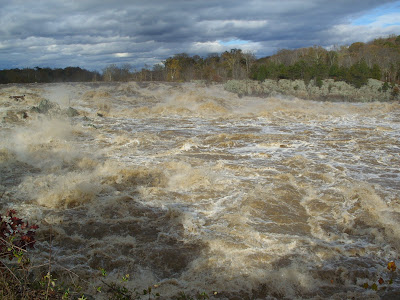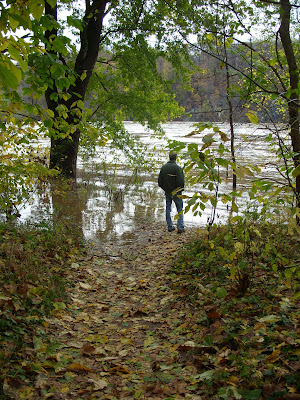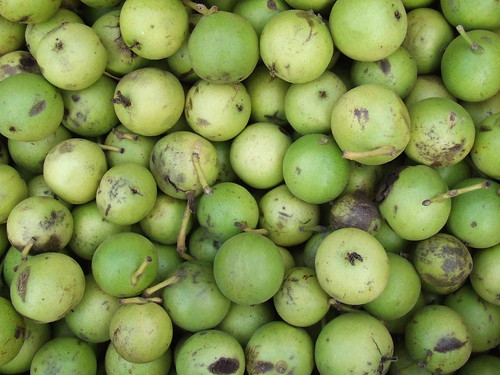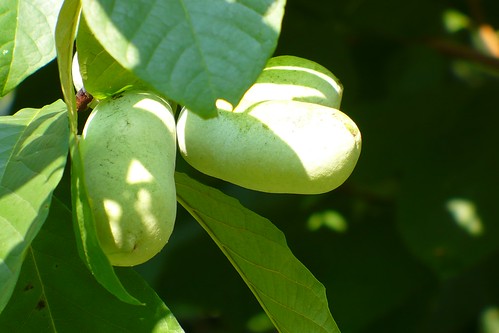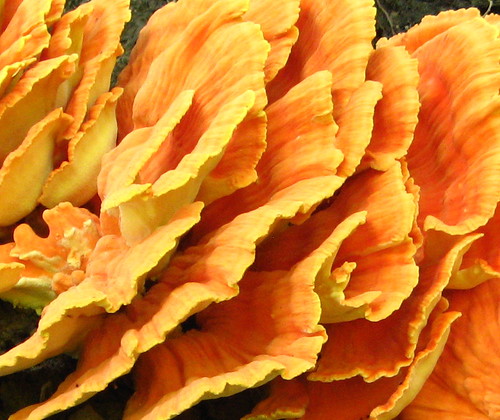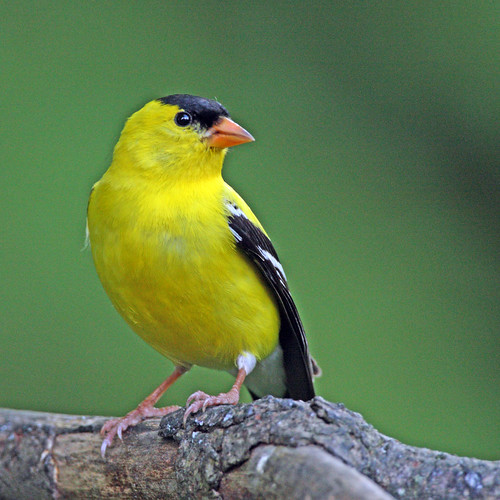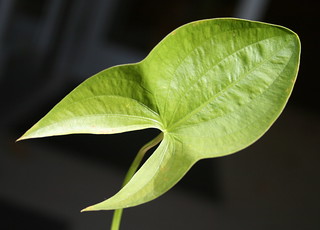In the National Outdoor Book Awards:
The Forest Unseen: A Year's Watch in Nature
"One square meter. That’s what Forest Unseen is about: one square meter of a Tennessee forest. But in George Haskell’s able hands, that’s all that is needed to reveal a world of wonder and magic. An engaging and poetic writer, Haskell takes us on a journey through the seasons, documenting the changes in an old growth forest and describing the many ecological processes occurring there. Through Haskell's words, the forest comes alive and seeps gently and unobtrusively into our conscience. Haskell has done it masterfully — writing with a quiet humility and a deceptive simplicity that mirrors the life in his small patch of the natural world."
For the Birds: The Life of Roger Tory Peterson
"For the Birds is a delightful biography for children from 7 to 11 years of age. Who is it about? Why . . . none other than “Professor Nuts Peterson.” Professor Nuts, who might carry a snake in his pocket or a bird’s egg in his hat, is the American artist and passionate bird lover who created the Peterson Field Guides. His guides weren’t designed for scientists and specialists. Rather, they were for everyone, making it easier for adults — and kids of all stripes and ages — to identifying birds, animals and plants. Author Peggy Thomas quite handedly describes Peterson’s life from his childhood, to his success as an illustrator, and to his work as a conservationist. Fitting winningly with the text are bright and cheery illustrations by Laura Jacques."
Spring Wildflowers of the Northeast: A Natural History
"Spring Wildflowers is as elegant as the flowers found within its pages. That’s due to the multi-talented Carol Gracie who is a writer, a botanist and a photographer. In the book, she describes a host of Northeastern plants, but she doesn't stop at the usual botanical boundaries. Unique among plant guides, she goes on to include what species pollinate each plant. She further firmly places each plant into the context of its habitat, what animals consume it, how it has been used as a medicinal plant. Gracie’s book is a noteworthy achievement and quite effectively broadens our thinking about plants to include their many-sided relationship with all aspects of the ecosystem." (We received a copy of this book and I can vouch for its beauty and depth: each plant description is extensive and the photographs are wonderful.)
AMC Guide to Outdoor Digital Photography: Creating Great Nature and Adventure Photos
"If you’ve been prospecting for just the right book on outdoor digital photography, look no further. You’ll strike pay dirt with this new Appalachian Mountain Club guide. Accomplished photographer Jerry Monkman who has worked for a variety of national outdoor and wildlife magazines, nicely elaborates on the subject in one easily readable and visually instructive book. The book covers equipment, lenses, lighting, composition, exposure, and processing software. The text is supplemented with case studies and expert advice. This is outdoor photography after all, and Monkman doesn’t leave out suggestions on taking photos in adverse weather. You’ll find plenty to be mined from this fine reference, and you won’t even need a pick and shovel."
From the San Francisco Green Book Festival:
Outside Your Window: A First Book of Nature
by Nicola Davies
(Ages 3-7) "Reading poetry may seem an activity for the winter-bound and introverted, but this lovely collection, organized by season, urges children to dash outside, slamming the screen door behind them. Unlike so much poetry geared toward children, not all the verse here rhymes, introducing readers to poetic language outside the predictable cadences of Dr. Seuss. Mixed-media illustrations, with an emphasis on woodblock and silhouette, offer plenty of beauty to contemplate." —The New York Times
From the Nautilus Book Awards:
The Nature Principle: Reconnecting with Life in a Virtual Age
"In this sanguine, wide-ranging study of how humans can thrive through the "renaturing of everyday life," Louv takes nature deficit disorder, introduced in his seminal Last Child in the Woods, a step further, to argue that adults need nature, too. "A reconnection to the natural world is fundamental to human health," he writes, asking, "What would our lives be like if our days and nights were as immersed in nature as they are in electronics?" Louv's "Nature Principle" consists of seven precepts, including balancing technology excess with time in nature; a mind/body/nature connection, which Louv calls "vitamin N," that enhances physical and mental health; expanding our sense of community to include all living things; and purposefully developing a spiritual, psychological, physical attachment to a region and its natural history. The book presents examples of these precepts, from studies of how exposure to a common soil bacteria increases production of serotonin in the brain to designing shopping malls inspired by termite mounds. Although lightweight for longtime nature lovers, the book may be just what our high-tech, urban culture needs to bring us down to earth." -- Publishers Weekly
Also see our lists from 2011, 2010, and 2009
What have you been reading lately? What would you add to this list?












